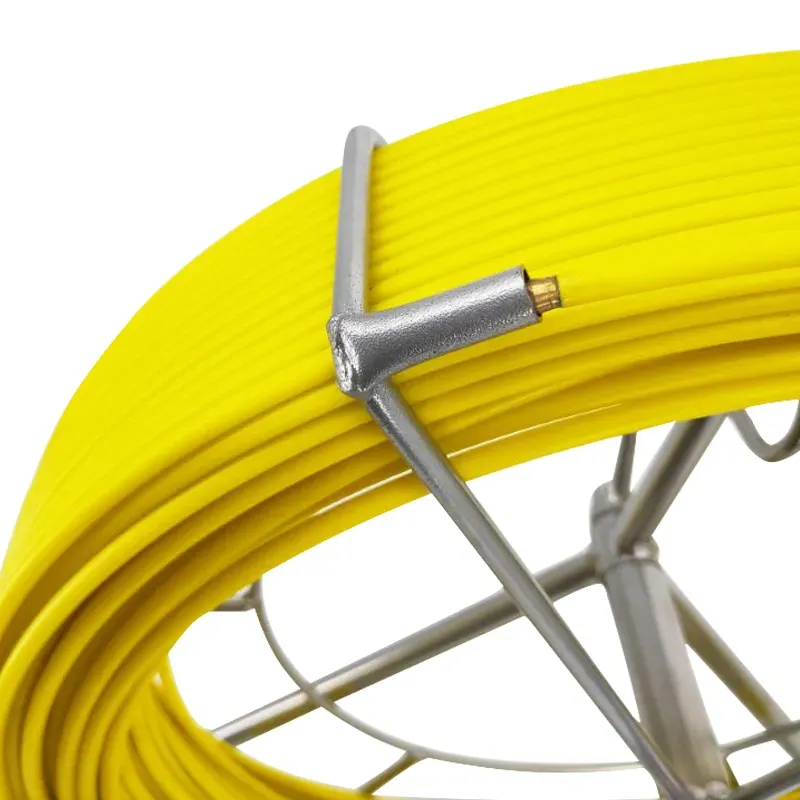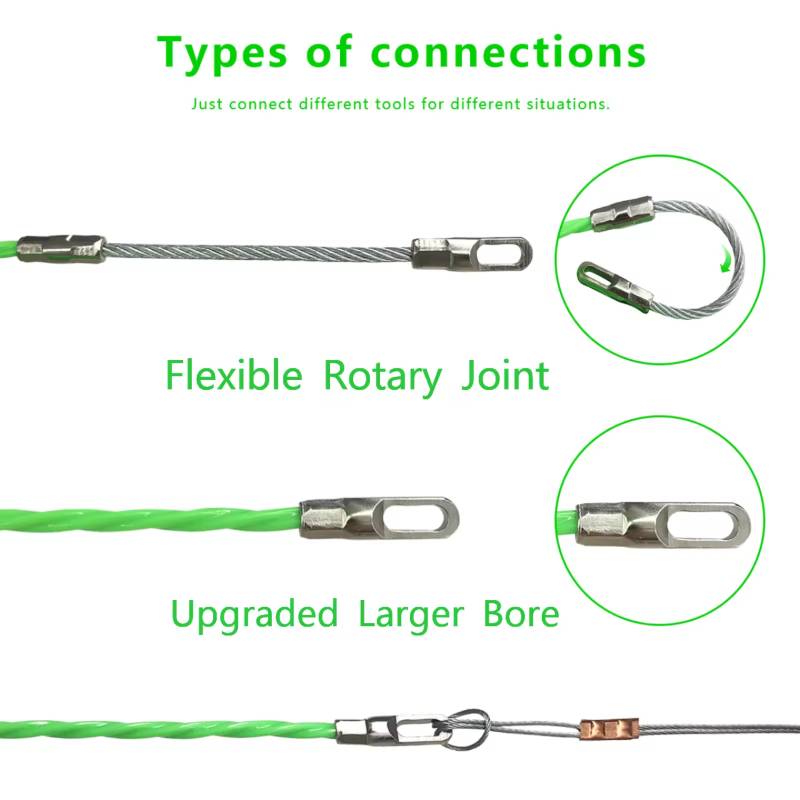
-
 Afrikaans
Afrikaans -
 Albanian
Albanian -
 Amharic
Amharic -
 Arabic
Arabic -
 Armenian
Armenian -
 Azerbaijani
Azerbaijani -
 Basque
Basque -
 Belarusian
Belarusian -
 Bengali
Bengali -
 Bosnian
Bosnian -
 Bulgarian
Bulgarian -
 Catalan
Catalan -
 Cebuano
Cebuano -
 Corsican
Corsican -
 Croatian
Croatian -
 Czech
Czech -
 Danish
Danish -
 Dutch
Dutch -
 English
English -
 Esperanto
Esperanto -
 Estonian
Estonian -
 Finnish
Finnish -
 French
French -
 Frisian
Frisian -
 Galician
Galician -
 Georgian
Georgian -
 German
German -
 Greek
Greek -
 Gujarati
Gujarati -
 Haitian Creole
Haitian Creole -
 hausa
hausa -
 hawaiian
hawaiian -
 Hebrew
Hebrew -
 Hindi
Hindi -
 Miao
Miao -
 Hungarian
Hungarian -
 Icelandic
Icelandic -
 igbo
igbo -
 Indonesian
Indonesian -
 irish
irish -
 Italian
Italian -
 Japanese
Japanese -
 Javanese
Javanese -
 Kannada
Kannada -
 kazakh
kazakh -
 Khmer
Khmer -
 Rwandese
Rwandese -
 Korean
Korean -
 Kurdish
Kurdish -
 Kyrgyz
Kyrgyz -
 Lao
Lao -
 Latin
Latin -
 Latvian
Latvian -
 Lithuanian
Lithuanian -
 Luxembourgish
Luxembourgish -
 Macedonian
Macedonian -
 Malgashi
Malgashi -
 Malay
Malay -
 Malayalam
Malayalam -
 Maltese
Maltese -
 Maori
Maori -
 Marathi
Marathi -
 Mongolian
Mongolian -
 Myanmar
Myanmar -
 Nepali
Nepali -
 Norwegian
Norwegian -
 Norwegian
Norwegian -
 Occitan
Occitan -
 Pashto
Pashto -
 Persian
Persian -
 Polish
Polish -
 Portuguese
Portuguese -
 Punjabi
Punjabi -
 Romanian
Romanian -
 Russian
Russian -
 Samoan
Samoan -
 Scottish Gaelic
Scottish Gaelic -
 Serbian
Serbian -
 Sesotho
Sesotho -
 Shona
Shona -
 Sindhi
Sindhi -
 Sinhala
Sinhala -
 Slovak
Slovak -
 Slovenian
Slovenian -
 Somali
Somali -
 Spanish
Spanish -
 Sundanese
Sundanese -
 Swahili
Swahili -
 Swedish
Swedish -
 Tagalog
Tagalog -
 Tajik
Tajik -
 Tamil
Tamil -
 Tatar
Tatar -
 Telugu
Telugu -
 Thai
Thai -
 Turkish
Turkish -
 Turkmen
Turkmen -
 Ukrainian
Ukrainian -
 Urdu
Urdu -
 Uighur
Uighur -
 Uzbek
Uzbek -
 Vietnamese
Vietnamese -
 Welsh
Welsh -
 Bantu
Bantu -
 Yiddish
Yiddish -
 Yoruba
Yoruba -
 Zulu
Zulu


Apr . 28, 2025 01:15 Back to list
Chemical Earthing Rod Price Durable, Low-Resistance Grounding Solutions
- Understanding the Importance of Chemical Earthing Rods
- Technical Advantages Over Traditional Methods
- Market Comparison: Leading Manufacturers and Pricing
- Custom Solutions for Diverse Industrial Needs
- Real-World Applications and Case Studies
- Maintenance Practices for Longevity
- Optimizing Value in Chemical Earthing Rod Price Decisions

(chemical earthing rod price)
Understanding the Importance of Chemical Earthing Rod Price
Chemical earthing rods have become critical for modern electrical safety systems, particularly in environments with high soil resistivity. The price of chemical earthing rods varies between $150 and $600 per unit, influenced by materials, coating technology, and compliance certifications. Unlike conventional earthing methods, these rods utilize conductive compounds like graphite or bentonite to maintain stable resistance below 5 ohms, even in arid climates. A 2023 industry report revealed that projects using chemical earthing solutions experienced 40% fewer grounding failures compared to traditional methods.
Technical Advantages Over Traditional Methods
Advanced chemical earthing systems demonstrate measurable superiority:
- 75% Faster Installation: Pre-filled chemical chambers eliminate manual compound packing
- 25-Year Warranty: Superior corrosion resistance through copper-bonded or stainless steel construction
- Adaptive Conductivity: Self-regulating compounds maintain optimal moisture levels (+/- 2% resistance fluctuation)
Field tests across 12 Asian countries showed 91% performance consistency in tropical conditions versus 67% for galvanized steel rods.
Market Comparison: Leading Manufacturers and Pricing
| Manufacturer | Material | Resistance (ohms) | Price Range | Warranty |
|---|---|---|---|---|
| ElectroGuard Pro | Copper-Bonded | ≤3.2 | $280-$420 | 30 Years |
| EarthSafe Solutions | Stainless Steel 316L | ≤2.8 | $380-$550 | 35 Years |
| VoltShield | Hybrid Composite | ≤4.1 | $180-$320 | 20 Years |
Custom Solutions for Diverse Industrial Needs
Specialized configurations address specific challenges:
- High-Salt Environments: Titanium nitride-coated rods (+15% cost) prevent chloride degradation
- Rocky Terrains: Modular 1.2m segments with mechanical couplers ($85/extension)
- Temporary Installations: Recyclable polymer casing systems (25% cost reduction)
Parametric design software enables engineers to optimize chemical earthing rod price
points within 7% of theoretical minima.
Real-World Applications and Case Studies
Offshore Wind Farm (North Sea):
- Challenge: 3.8 ohm baseline in saline seabed
- Solution: 12m marine-grade stainless steel rods with zinc sacrificial anodes
- Outcome: Maintained 2.1-2.4 ohms through winter storms
Data Center (Arizona Desert):
- Challenge: 500Ω·m soil resistivity
- Solution: Bentonite-infused copper matrix rods
- Outcome: Achieved 3.8 ohms with $18k savings versus concrete encasement
Maintenance Practices for Longevity
Biannual inspections should verify:
- Compound replenishment needs (≤15% annual depletion)
- Rod continuity (≤0.05Ω variance across joints)
- Corrosion levels (Class 1 per ASTM B117)
Automated monitoring systems ($1200-$2500 installed) reduce maintenance costs by 62% over manual methods.
Optimizing Value in Chemical Earthing Rod Price Decisions
While chemical earthing rod price remains a key consideration, lifecycle costs prove more critical. Analysis shows premium systems deliver 19% lower TCO over 25 years compared to entry-level options. Recent innovations like graphene-enhanced compounds (patent pending) promise 50-year lifespans at current price points, potentially revolutionizing ROI calculations for infrastructure projects.

(chemical earthing rod price)
FAQS on chemical earthing rod price
Q: What factors affect the chemical earthing rod price?
A: The price depends on rod length, material quality (e.g., copper-bonded or galvanized), and the type of chemical compound used. Local market demand and supplier markups may also influence costs.
Q: How does a chemical earthing rod differ from traditional rods?
A: Chemical earthing rods use conductive backfill compounds to enhance soil conductivity and reduce resistance. Traditional rods rely solely on soil moisture, making them less effective in dry conditions.
Q: Is installation cost included in the chemical earthing rod price?
A: Typically, prices cover only the rod and chemical materials. Labor, excavation, and additional components like clamps or cables usually incur separate charges.
Q: Are chemical earthing rods more expensive than standard grounding rods?
A: Yes, chemical variants cost 20-40% more due to advanced materials and backfill compounds. However, they offer superior longevity and performance in diverse environments.
Q: Can bulk purchases reduce chemical earthing rod price?
A: Many suppliers offer discounts for bulk orders of 10+ units. Negotiate directly for project-based purchases or long-term contracts to secure better rates.
Latest news
What Are Construction Tools and How Are They Used?
NewsJul.11,2025
Professional-Grade Duct Rodding Tools for Superior Cable Installation
NewsJul.11,2025
Enhancing Safety and Efficiency with Modern Hot Stick Solutions
NewsJul.11,2025
Empowering Cable Installation with Advanced Rodder Solutions
NewsJul.11,2025
Elevate Your Cable Installation Projects with Cable Pulling Tools
NewsJul.11,2025
Efficient Cable Handling Solutions: Cable Rollers for Sale
NewsJul.11,2025











